Last Updated on October 21, 2023 by Pro Handyman Australia – Editorial Team
Navigating the maze of plumbing issues in your household can seem overwhelming, particularly if you lack professional expertise in the area. However, a good number of these issues can be addressed with a combination of basic plumbing know-how and some innovative thinking. This guide aims to equip you with the essential knowledge and strategies to manage those recurring plumbing conundrums without burning a hole in your pocket.
Understanding Common Plumbing Challenges
It’s crucial to recognize the various plumbing problems you might encounter and comprehend their underlying causes. By diagnosing the root of the problem, you’re one step closer to finding an effective solution.
Common Plumbing Issues Encountered in Homes
Plumbing challenges can vary greatly, from minor nuisances like clogged drains to more pressing concerns like water leaks. Some of the frequently encountered issues in many households encompass slow-draining sinks, blocked toilets, dripping faucets, and faulty hot water heaters. Fortunately, many of these issues can be addressed efficiently with DIY techniques, saving you time and potentially high repair costs.
Recognizing the Underlying Problem
A comprehensive understanding of your home’s plumbing components and their functions is instrumental in identifying the root cause of an issue. With a thorough inspection and some basic knowledge, you can pinpoint the origin of the problem. It’s worth noting that sometimes a single symptom could be indicative of multiple potential causes.
DIY Problem-solving Techniques
Having determined the crux of the problem, the next step entails troubleshooting. For instance, basic blockages might be addressed with tools like a plunger or a drain snake. On the other hand, some situations might necessitate the removal of sections of the pipe to clear a clog. For issues related to leaky faucets or malfunctioning water heaters, repair kits or specific replacement parts might come in handy. A case in point: a malfunctioning electric tankless water heater might require a new heating element or thermostat to resume its operations.
Handy DIY Plumbing Repairs
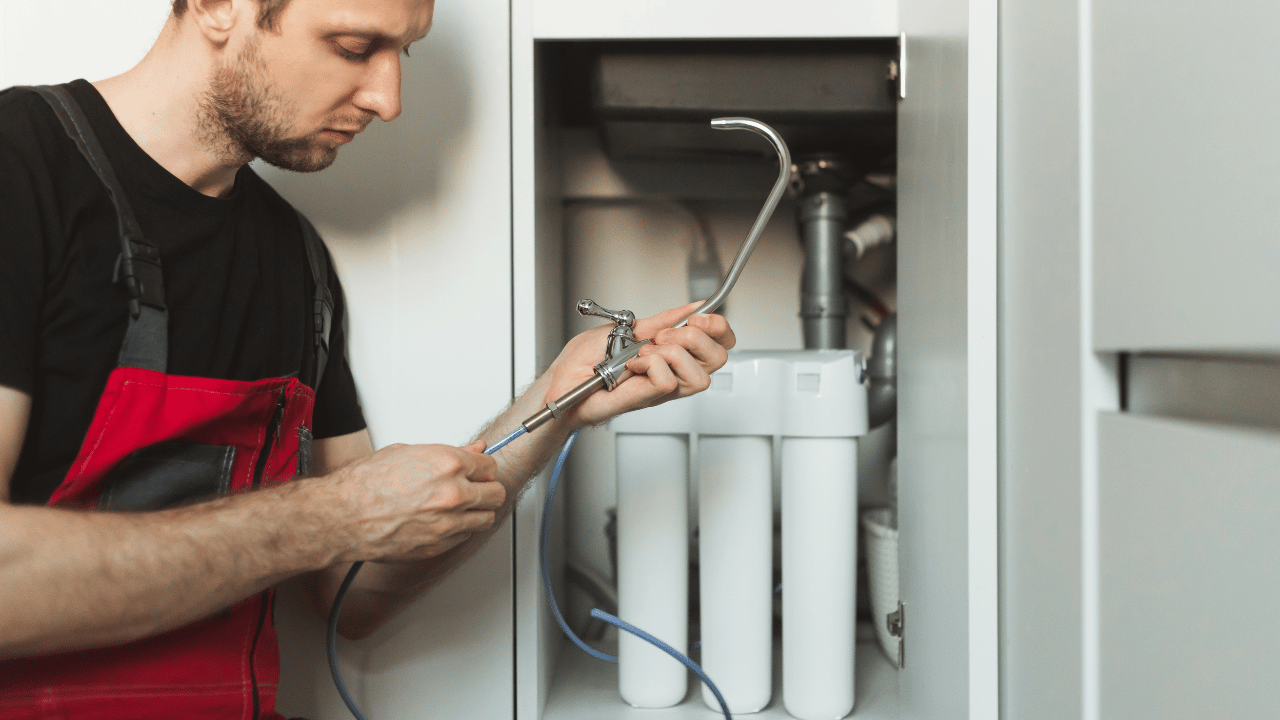
1. Mending a Kitchen Faucet:
Addressing a dripping single-lever kitchen faucet is simpler than it appears, and you could likely have it repaired in roughly an hour. This task is quite manageable, even if you’re a novice in plumbing.
2. Ensuring Leak-free Joints:
Prevention is better than cure. Master the techniques used by professionals to establish leak-proof connections between water supply and waste lines, ensuring peace of mind.
3. Detecting Hidden Leaks:
We guide you in identifying and halting prevalent water leaks, primarily found around bathtubs, showers, drains, sinks, and toilets, preventing potential structural damage.
4. Addressing Stuck Cleanout Plugs:
Gain insights from seasoned experts on removing stubborn cleanout plugs, allowing you access to clear hard-to-reach clogs.
5. Resolving Continuous Toilet Runs:
Discover a four-step solution that remedies the majority of toilet flush issues, ensuring optimal functionality.
6. Chemical-free Bathtub Drain Unclogging:
Learn how to efficiently clear a blocked tub drain, a problem often caused by accumulated hair and debris, without resorting to harsh chemicals.
7. Efficient Toilet Unclogging:
Facing a blocked toilet? We guide you through simple strategies to restore your toilet’s functionality quickly without exacerbating the issue.
8. Addressing Water Heater Leaks:
Learn the nuances of fixing leaks from temperature and pressure relief valves or water heater drain valves, ensuring longer appliance lifespan.
9. Water Softener Maintenance:
Get acquainted with techniques to maintain your water softeners, addressing common problems like salt buildup or resin bed cleaning, ensuring efficient water softening.
10. Shutoff Valve Replacement:
Gain the confidence to replace malfunctioning shutoff valves, a vital skill that allows you to quickly halt water flow in emergencies, safeguarding your property.
Recognizing When Professional Assistance is Necessary
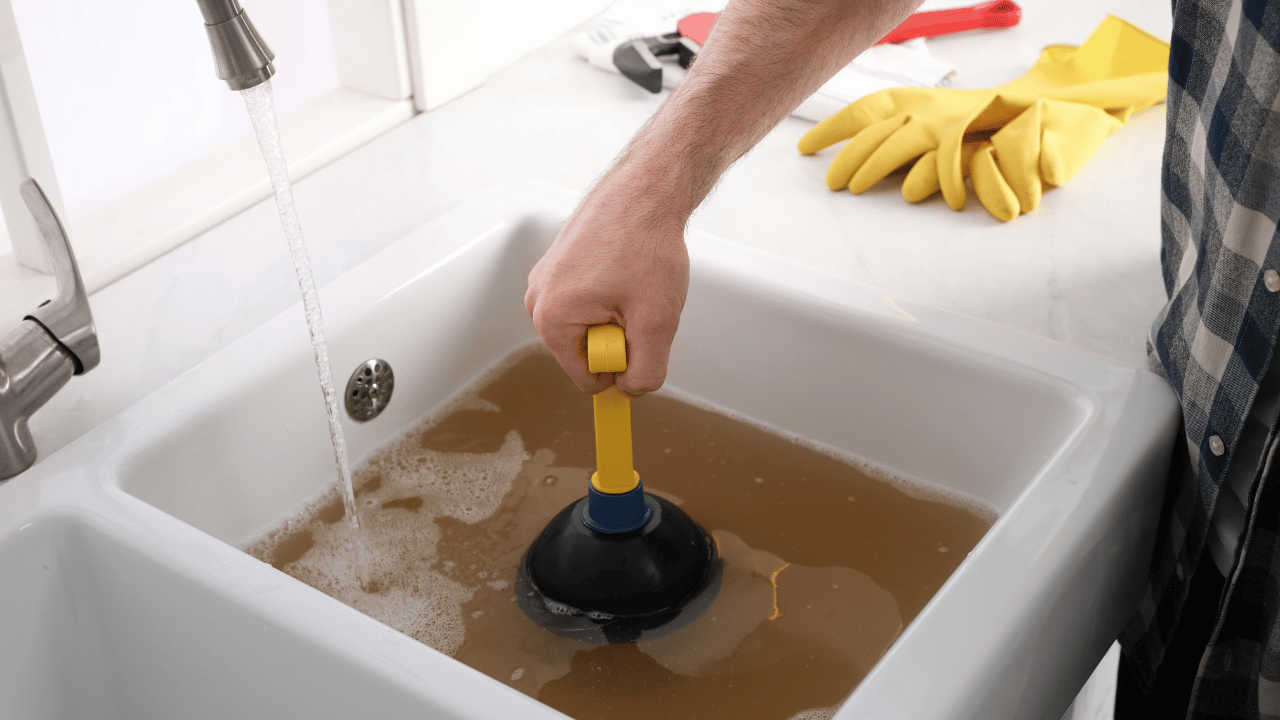
While embracing the DIY spirit can be both rewarding and cost-effective for many home projects, it’s essential to understand when it’s time to call in the experts. If your efforts to troubleshoot and rectify a plumbing problem aren’t yielding results, it’s a clear sign that you should contact a professional plumber. These experts are equipped with the knowledge and specialized tools to diagnose and address any plumbing issue both swiftly and safely. It’s vital to acknowledge that certain advanced plumbing problems can lead to significant damage if tackled without the proper expertise. Hence, in such situations, trusting seasoned professionals ensures the safety and longevity of your home’s plumbing infrastructure.
Essential Tips for the Aspiring DIY Plumber
Equip Yourself with the Right Tools
Embarking on any plumbing project requires preparation, and at the forefront of this preparation is having the right tools on hand. Your local hardware store should be stocked with all the essentials for plumbing work. Key tools that every DIY enthusiast should possess for plumbing projects include a pipe wrench, pliers, an adjustable wrench, a basin wrench, and channel locks. With these in your toolkit, you’ll be equipped to tackle various plumbing tasks more efficiently.
Always Turn Off the Shutoff Valve
Before diving into the repair or installation process, it’s paramount to turn off the shutoff valve. This step is essential when dealing with any plumbing system or drain lines to prevent unwanted water flow in your workspace. This becomes even more crucial if you’re addressing issues with clogged toilets or sinks to prevent potential mishaps.
Opt for Safe Clog Solutions
Chemical clog removers might seem like a convenient way to handle blockages, but they come with their set of drawbacks. These chemicals can lead to pipe corrosion, setting the stage for future leaks and additional plumbing challenges. Moreover, they can adversely affect the environment once they find their way into our water systems. For a more environmentally friendly and pipe-safe approach, consider using traditional tools like a plunger or plumbing snake to clear out blockages.
Always Check for Leaks After Repairs
After finishing your repair or installation, it’s a good practice to test for any leaks. Before sealing the wall or floor, ensure that everything is watertight. By taking this extra step, you can mitigate potential damages and avoid the expenses that come with more extensive repairs down the line.
Essential Precautions for DIY Plumbers
Never Neglect Plumbing Concerns
While it might seem tempting to ignore minor plumbing issues, doing so can exacerbate the problem. Whether it’s a leaking faucet, a clogged toilet, or mineral deposits accumulating in your water heater, neglect can lead to greater damage in the long run. For instance, seemingly harmless leaks can evolve into significant water damage or mold infestations. Address such concerns promptly to prevent the escalation of issues and the subsequent financial implications of major repairs.
Always Turn Off the Water Heater Before Repairing
Safety should always be a top priority when undertaking any DIY task. If your repair involves the application of heat, such as fixing a leaky pipe, remember to switch off the water heater beforehand. This simple precaution can prevent potential accidents.
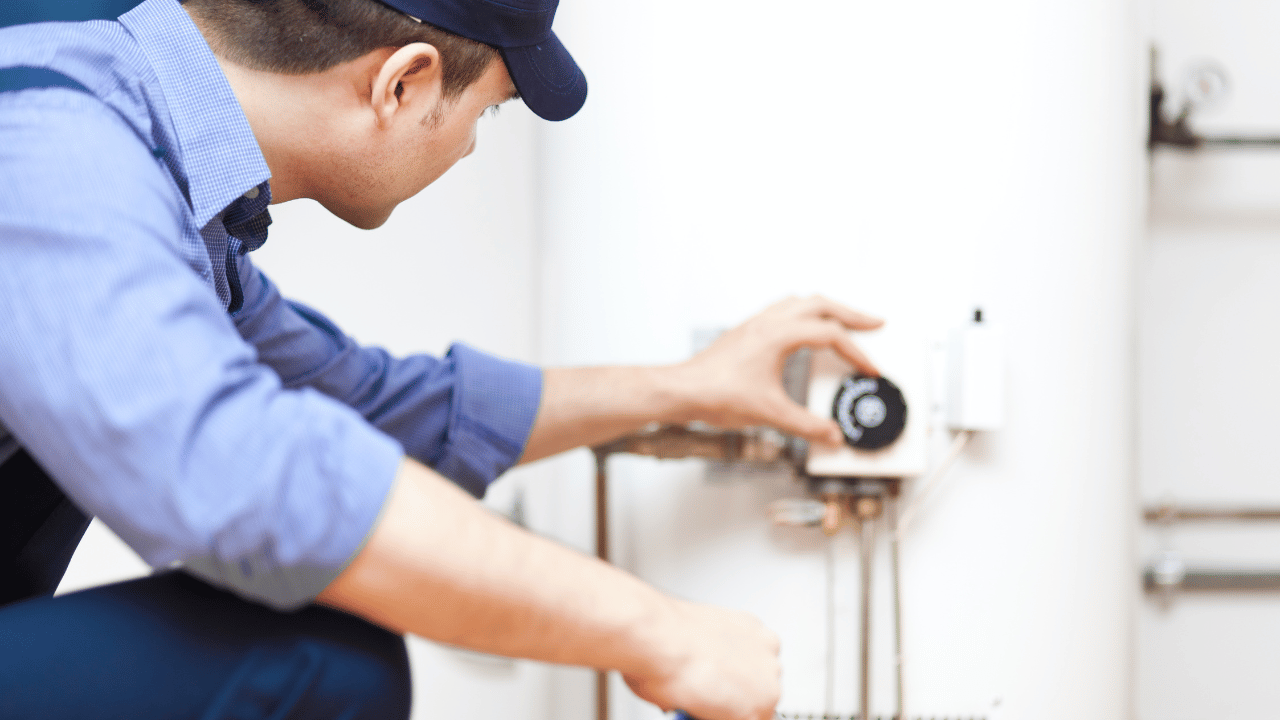
Avoid Over-tightening Connections
While ensuring secure connections is important, applying excessive force can backfire. Over-tightening can lead to cracked pipes and fittings, setting the stage for leaks and further plumbing troubles. Strive to strike a balance—tighten connections securely without going overboard.
Do Not Overlook Vent Pipes
The role of vent pipes in a plumbing system is crucial, and they should never be sidelined. These pipes balance the air pressure, ensuring efficient waste flow. Ignoring clogged or damaged vent pipes can lead to draining issues. To ensure optimal plumbing system performance, regularly inspect and maintain your vent pipes.
Know Your Limits: Leave Major Repairs to Professionals
Certain plumbing issues demand the expertise and tools that only professionals possess. While some basic repairs can be managed at home, major concerns like burst pipes or damaged sewer lines require expert intervention. Consider the repercussions: burst pipes might result in severe water damage, potential mold growth, escalated water bills, and reduced water pressure. On the other hand, compromised sewer lines can lead to sewage backups, posing health risks and property damage. It’s vital to understand that seasoned plumbers are equipped with the knowledge and tools to diagnose and rectify these complex challenges.
Don’t Overlook Regular Maintenance
Complacency with plumbing maintenance can lead homeowners down a path of hefty repair bills and inconveniences. While everything might appear functional, underlying issues could be lurking. Regularly inspect your toilets, sinks, and drains for potential problems. Evidence of leaks or blockages, such as water stains or mold growth around pipes, should be addressed without delay. Regular maintenance not only identifies issues early on but also preemptively curtails potential problems.
Practical DIY Plumbing Solutions
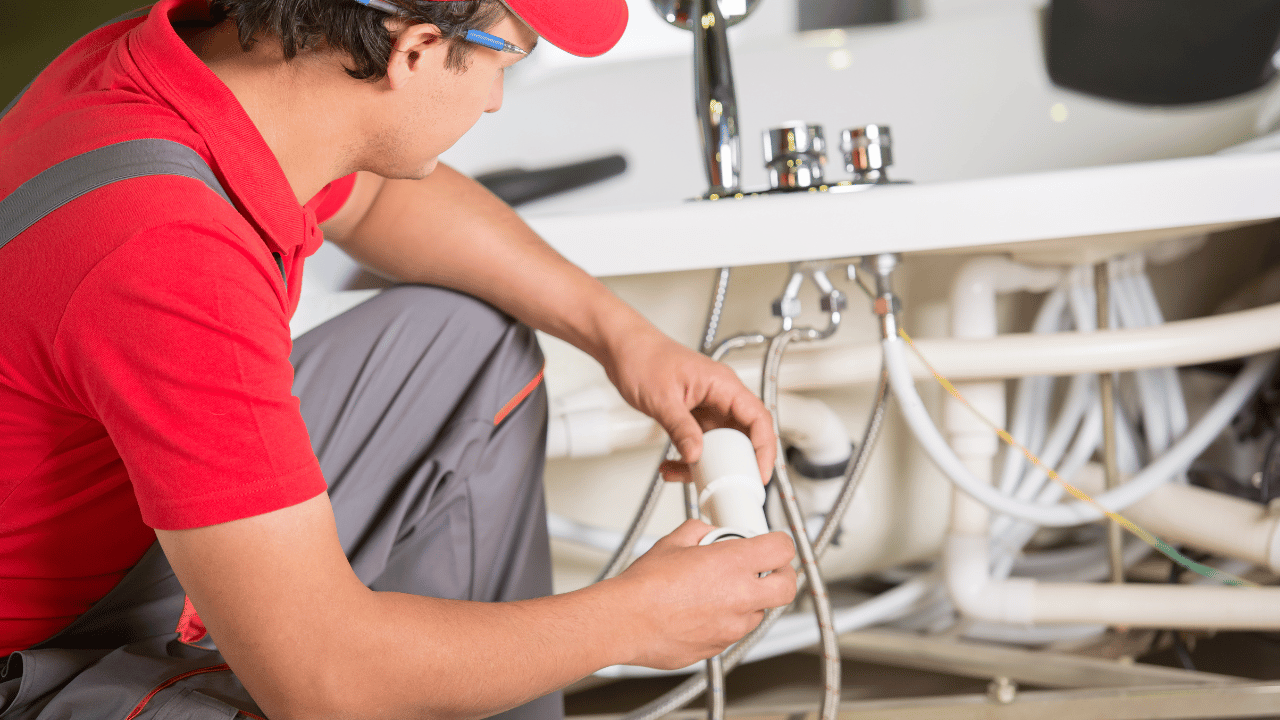
1. Kitchen Faucet Repairs
A persistent drip in your kitchen faucet can be more than just an annoyance; it can signify a potential issue. Fortunately, even if you’re new to plumbing, most single-lever kitchen faucets can be fixed in roughly an hour. Why endure that constant dripping when a simple fix is within reach?
2. Addressing Leaks in Joints
Prevention is always better than cure, especially when it comes to plumbing. One effective preventive measure is ensuring that the water supply and waste line fittings are properly connected. Familiarize yourself with the techniques professionals use to establish leak-proof connections, and you can preempt many plumbing issues.
3. Detecting Concealed Leaks
Leaky fixtures can lead to extensive damage if left unchecked. Most often, these hidden culprits can be found around bathtubs, showers, drains, sinks, and toilets. Familiarize yourself with the techniques to identify and rectify these leaks, thereby preventing potential rot and expensive repairs.
4. Extracting a Stuck Cleanout Plug
Sometimes, tackling a stubborn clog in a drain line requires removing a stuck cleanout plug. A combination of pipe wrenches, controlled heat, or even a hacksaw can be used to safely access the blockage.
5. Rectifying a Continuously Running Toilet
A perpetually running toilet can be both wasteful and annoying. Fortunately, the majority of toilet flush issues can be resolved through a straightforward four-step procedure. From addressing constant water flow to enhancing a weak flush, these steps can provide quick solutions to most toilet problems.
6. Clearing a Bathtub Drain Without Harsh Chemicals
Hair and other debris can frequently clog tub drains. By simply removing the stopper and extracting the accumulated gunk, you can restore proper drainage to your bathtub. This article guides you through the process, including methods for addressing various types of drains.
7. Handling a Blocked Toilet
A clogged toilet needn’t be a crisis. With some guidance, you can efficiently clear most blockages without inadvertently flooding your bathroom. Learn how to tackle such situations efficiently and restore normalcy to your morning routine.

8. Addressing Water Heater Leaks
Issues like leaks from a temperature and pressure relief valve or a water heater drain valve can often be traced back to temperature settings or mineral deposits. Sometimes, a straightforward solution like placing a cap can remedy the drain valve dilemma.
9. Maintaining a Water Softener
Issues with water softeners often revolve around salt problems in the brine tank or the need to clean the resin bed or other vital components. By understanding the nuances of these components and how to maintain them, you can prolong the lifespan of your water softener and possibly save on service costs.
10. Shutoff Valve Replacement
Whether located under a sink or behind a toilet, a malfunctioning shutoff valve can be a significant concern. If you notice a valve that’s leaky or stuck, it’s advisable to replace it sooner rather than later. Being able to quickly shut off the water supply can be crucial during emergencies like an overflowing toilet or a dripping faucet.
Advantages of DIY Plumbing
1. Cost Savings
Plumbing repairs, when handed over to professionals, can often come with a significant price tag. However, by taking on minor plumbing tasks at home, individuals can reduce these costs considerably. With just a touch of research, the right tools, and a bit of initiative, homeowners can tackle basic issues and save a tidy sum.
2. Skill Acquisition
Diving into the world of DIY offers more than just immediate practical benefits. Each plumbing challenge you conquer aids in broadening your understanding of home systems, polishing existing skills, and even uncovering new techniques. As you grow more comfortable and proficient, this might even open doors to more intricate DIY projects or an entirely new professional avenue.
3. A Boost in Confidence
Successfully completing a DIY plumbing task provides more than just a functional home—it gives a sense of accomplishment. Knowing that your hands are behind a home improvement can be immensely gratifying and might even spur those around you to embark on their DIY journeys.
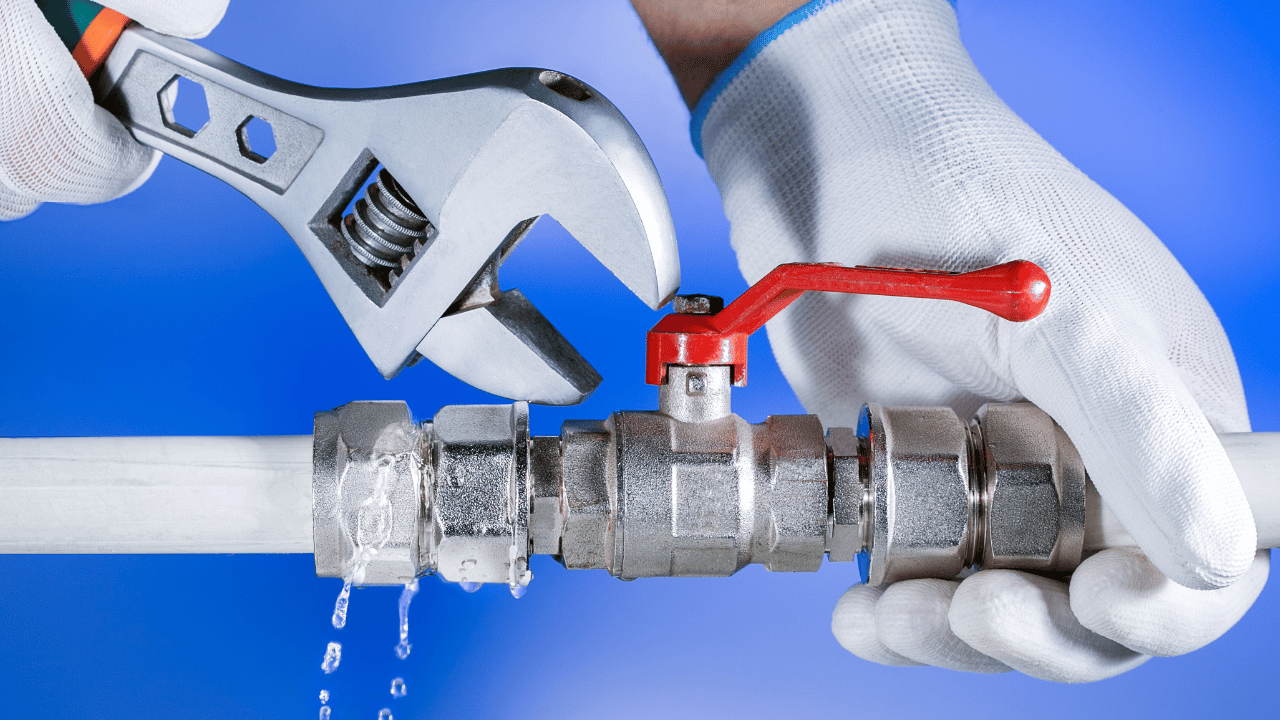
The Flip Side: Challenges of DIY Plumbing
1. Costly Missteps
While DIY can be a boon, it’s not without pitfalls. In the realm of plumbing, a minor oversight or lack of expertise can lead to costly blunders. Moreover, certain errors in DIY plumbing might result in your home insurance refusing to cover related damages.
2. Time Intensity
Not every DIY project is a walk in the park. Many plumbing tasks can be more time-consuming than initially estimated, taking a toll on your daily routine. Beyond the act of repair itself, diagnosing issues, researching solutions, and procuring necessary parts can further elongate the process, adding to the stress.
3. Safety Concerns
Plumbing isn’t devoid of hazards. Engaging with high-pressure systems, electrical components, and potentially dangerous materials can pose significant risks. Ensuring safety is paramount when venturing into DIY plumbing, as even seemingly minor tasks can escalate into hazardous situations if not approached correctly.
Conclusion
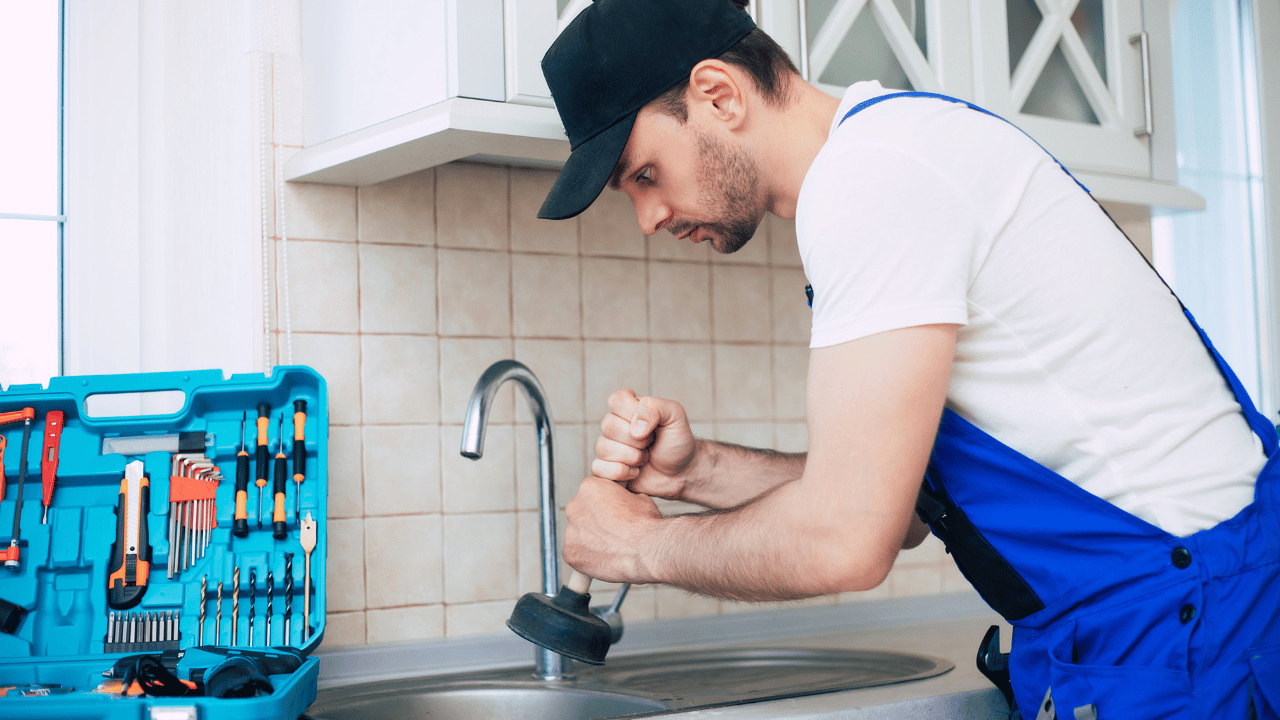
Undoubtedly, addressing minor plumbing concerns doesn’t have to feel overwhelming. When equipped with the appropriate knowledge, tools, and materials, many common plumbing challenges become manageable DIY projects. However, it’s crucial to discern when a situation surpasses DIY capacity and demands professional intervention. In scenarios where there’s a potential for further complications or costly damages, it’s prudent to engage a plumber without delay. By adhering to this balanced approach, homeowners can handle plumbing challenges confidently while safeguarding their homes.
